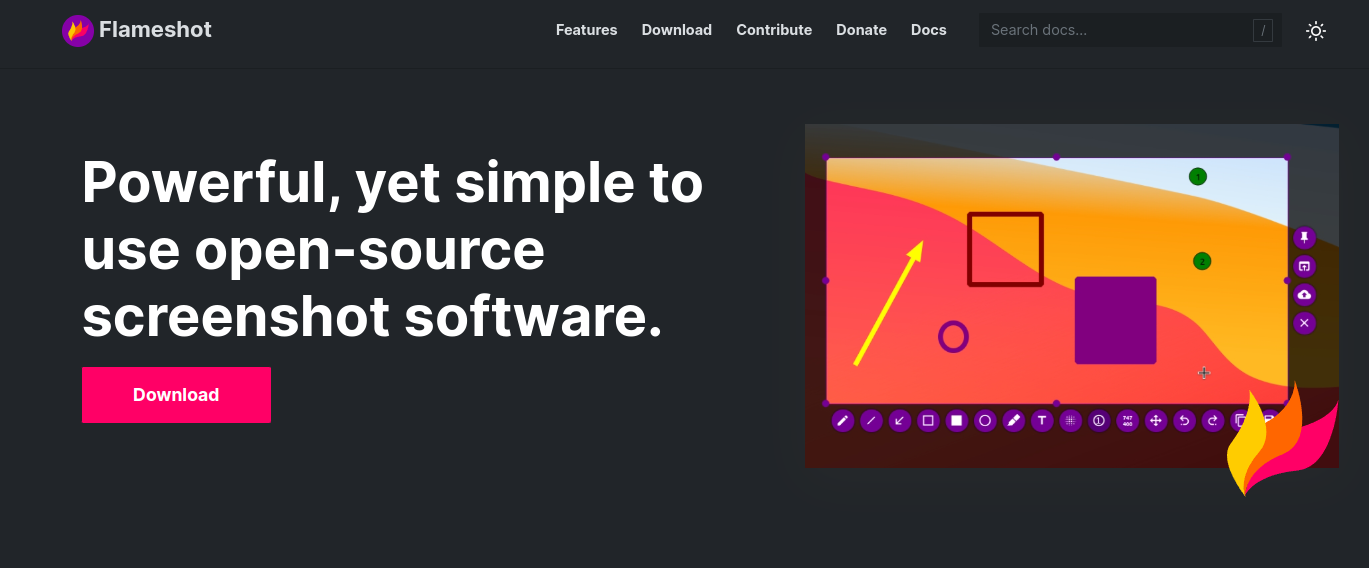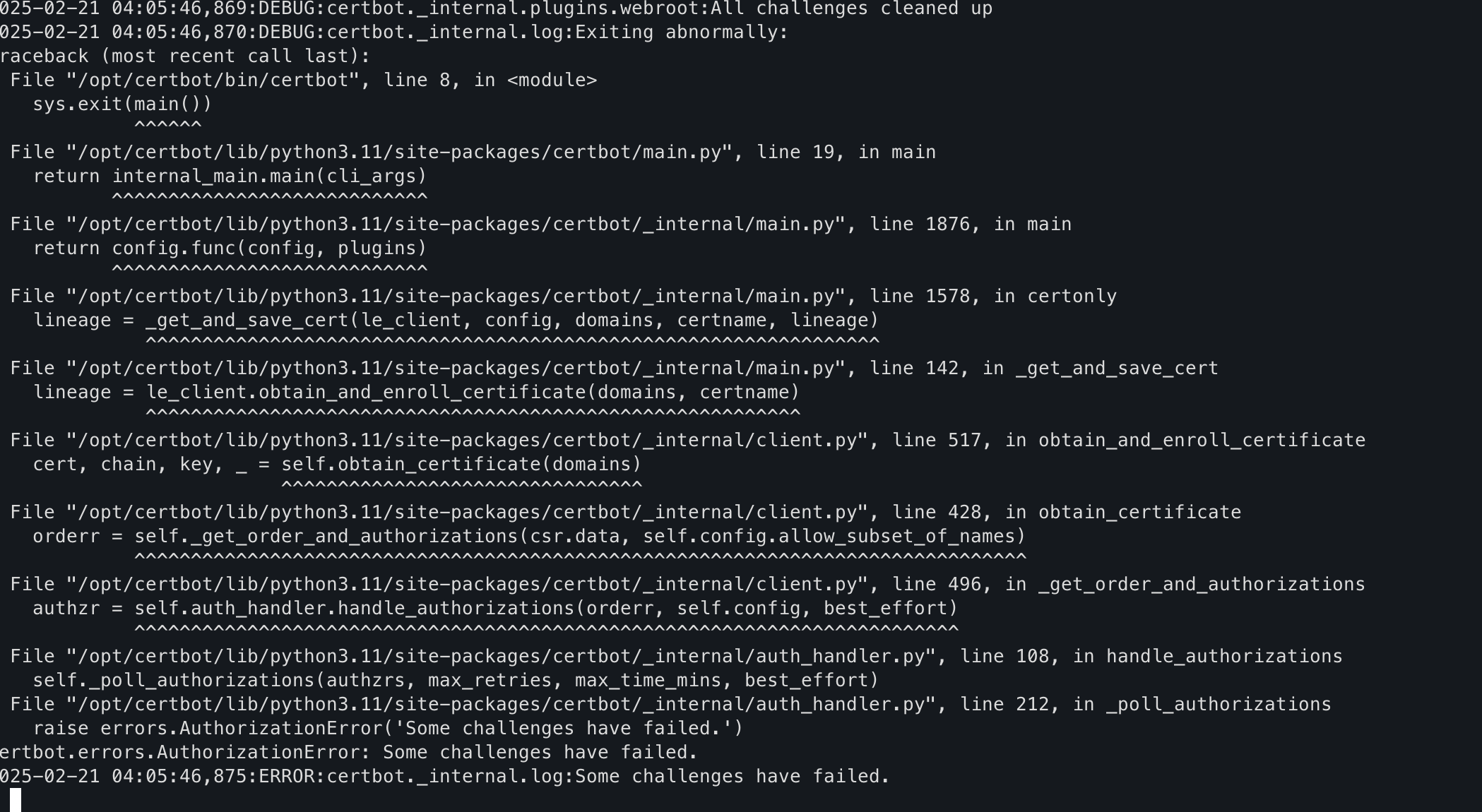Bar and Column Charts:
- These charts shine when comparing distinct groups or categories.
- Bar charts excel at showcasing differences between categories and tracking changes over time.
- Perfect for representing categorical data.
Pie Charts:
- These charts are designed to display the proportions or percentages of a whole.
- Ideal for nominal or ordinal categories.
- However, stick to fewer categories for easier interpretation.
Line Graphs:
- Champions of displaying trends over time (time-series data) or continuous data.
- Reveal rise and fall patterns effectively.
- Excellent for tracking metrics like sales revenue or website traffic over time.
Scatter Plots:
- Unravel the relationships between two quantitative variables.
- Useful for correlation analysis and identifying trends, clusters, or outliers.
Heat Maps:
- Masters of visualizing large amounts of data using color.
- Ideal for correlation matrices or website/app user behavior analysis.
Histograms:
- Provide insights into the distribution of a single variable.
- Help identify patterns like normal or skewed distributions.
Box Plots:
- Visualize summary statistics of a dataset (min, quartiles, median, max, outliers).
- Perfect for comparing distributions between different categories.
Area Charts:
- Similar to line graphs, they track quantitative values over time intervals.
- Especially useful for comparing two or more categories.
Discover more from Susiloharjo
Subscribe to get the latest posts sent to your email.





